What is a diode? A diode is an electronic component that allows current to flow in only one direction, making it essential for circuits needing controlled current flow. Built with two terminals, an anode and cathode, diodes work like a one-way street for electricity, preventing reverse flow that could damage components.
Common in everyday electronics, they play critical roles in rectifiers, LEDs, and protection circuits. Curious to learn more about what a diode is? Explore its uses today!
What Is A Diode?
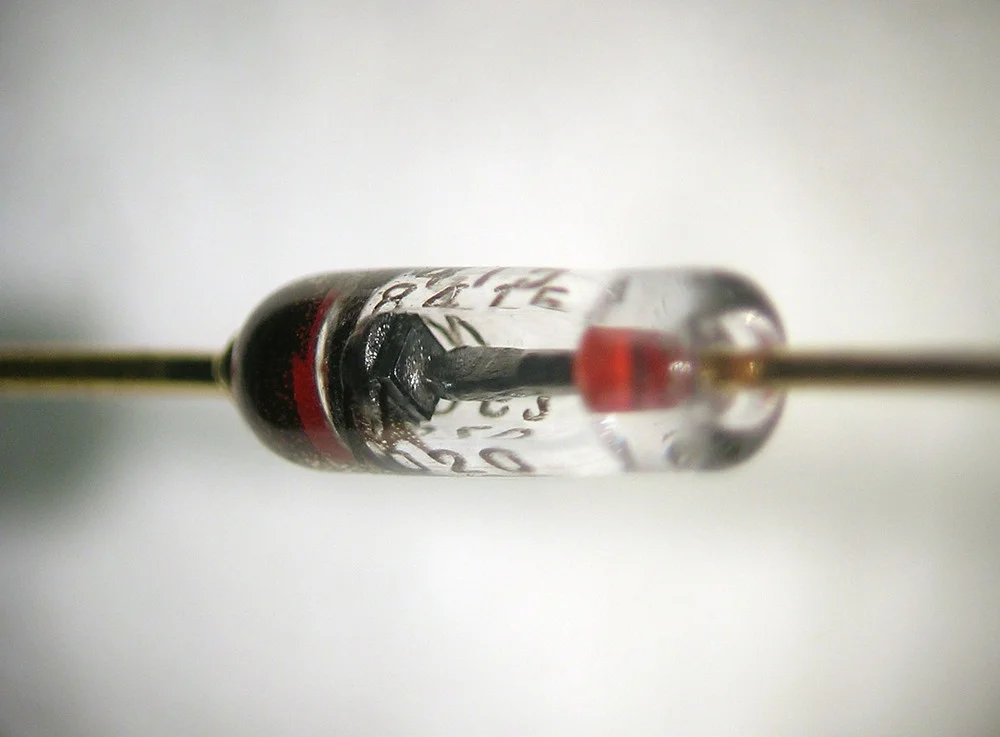
Diodes play a vital role in safeguarding circuits by managing voltage levels and transforming alternating current (AC) into direct current (DC). Typically crafted from semiconductor materials like silicon and germanium, diodes ensure efficient current flow in a single direction, safeguarding sensitive components from potential damage.
Despite their unidirectional current flow, diodes exhibit diverse behaviors based on their specific designs and applications. With diverse diode types for specific purposes, these components ensure reliable performance and protection across industries.
What Is A Diode Symbol?
The symbol for a diode typically consists of a triangle pointing towards a vertical line. The triangle represents the semiconductor material, while the vertical line represents the direction of current flow, indicating that current can only flow from the positive side (anode) to the negative side (cathode) of the diode.
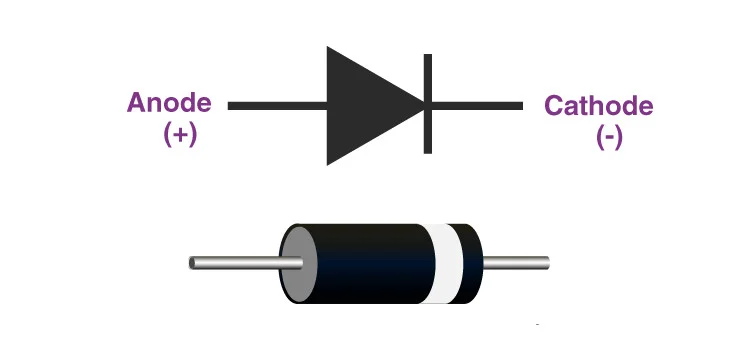
The typical diode symbol, as depicted above, illustrates two terminals labeled as the anode and cathode. The arrowhead, denoting the anode, indicates the direction of conventional current flow when the diode is forward-biased. The opposite terminal is the cathode.
What Is A Diode Construction?
Diodes are typically made from either silicon or germanium semiconductor materials. When the anode voltage is higher than the cathode voltage, the diode is forward-biased and conducts easily with a relatively low voltage drop.
Conversely, when the cathode voltage is higher than the anode voltage, the diode is reverse-biased. The arrow in the diode symbol indicates the direction of conventional current flow when the diode is conducting.
What Is A Diode Function?
The function of a diode is to control the direction of electrical current flow within a circuit. It allows current to flow in one direction while blocking it in the opposite direction. This property makes diodes essential for converting alternating current (AC) to direct current (DC), protecting circuits from reverse voltage, and regulating voltage levels.
What Is A Diode Working Principle?
An ideal diode is a theoretical concept not found in real-world devices. The notion of an ideal diode implies flawless functionality for various applications. Real diodes strive to emulate ideal diode behavior, albeit with certain deviations and exceptions. Depending on the applied voltage or polarity, the ideal diode can function within conducting or non-conducting states.
In forward bias, the ideal diode has its anode connected to the positive terminal and its cathode connected to the negative terminal of a battery. This configuration simulates a short circuit, effectively behaving like a closed switch with negligible resistance.
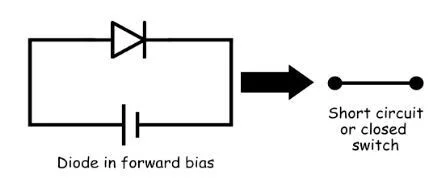
As RID = 0
The voltage across the diode is VID = 0
According to Ohm’s law
VID = IID * RID
0 = IID = 0/0
IID = ∞
When a perfect diode is forward-biased, it functions as an ideal conductor, permitting conventional current to flow from the positive (anode) to the negative (cathode) terminal.
In reverse bias, the ideal diode has its anode connected to the negative terminal of the battery and its cathode connected to the positive terminal. This configuration turns the diode into an open circuit, preventing any current flow.
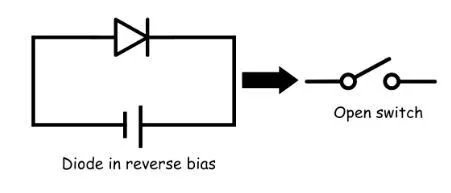
As IID = 0
The voltage across the diode is VID = 0
According to Ohm’s law
VID = IID * RID
0 = 0 * RID
RID = 0/0
RID = ∞
When an ideal diode is in reverse bias, it functions as a flawless insulator, allowing conventional current to flow from the negative (cathode) to the positive (anode) terminal.
Characteristics Of A Diode
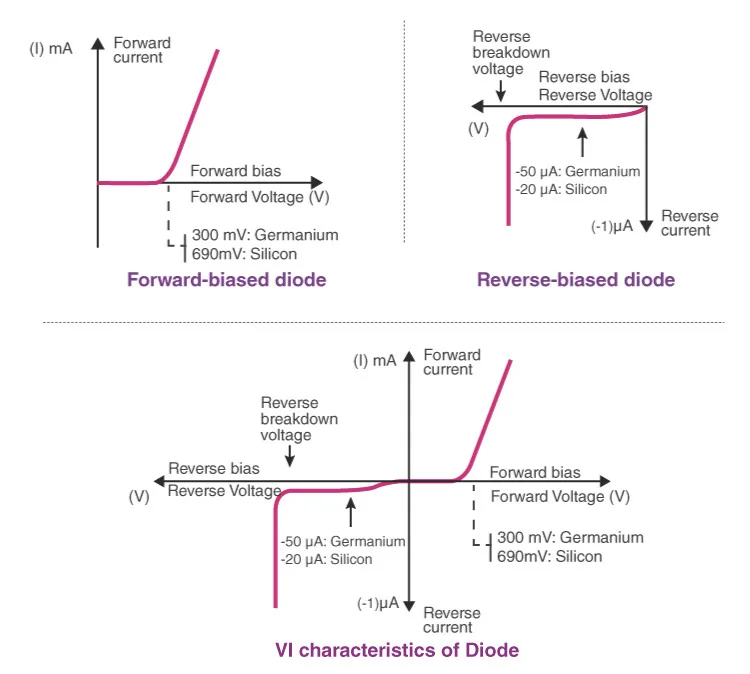
Forward-biased Diode
When a diode is forward-biased and conducting current, there is a slight voltage decrease across it. Silicon diodes typically have a forward voltage of 690mV, while for germanium diodes, it’s 300mV. The potential energy across the p-type material is positive, whereas across the n-type material, it’s negative.
Reverse-biased Diode
When the voltage from the battery is fully applied in the opposite direction, the diode is considered to be reverse-biased. For silicon diodes, the reverse current is typically -20μA, while for germanium, it’s -50μA. In this state, the potential energy across the p-type material becomes negative, while across the n-type material, it becomes positive.
Zero-biased Diode
In a zero-biased diode scenario, there exists no voltage potential across the diode. This absence of bias voltage results in a state where the diode does not conduct current in either direction.
What Is A Diode Classification?
Light Emitting Diode
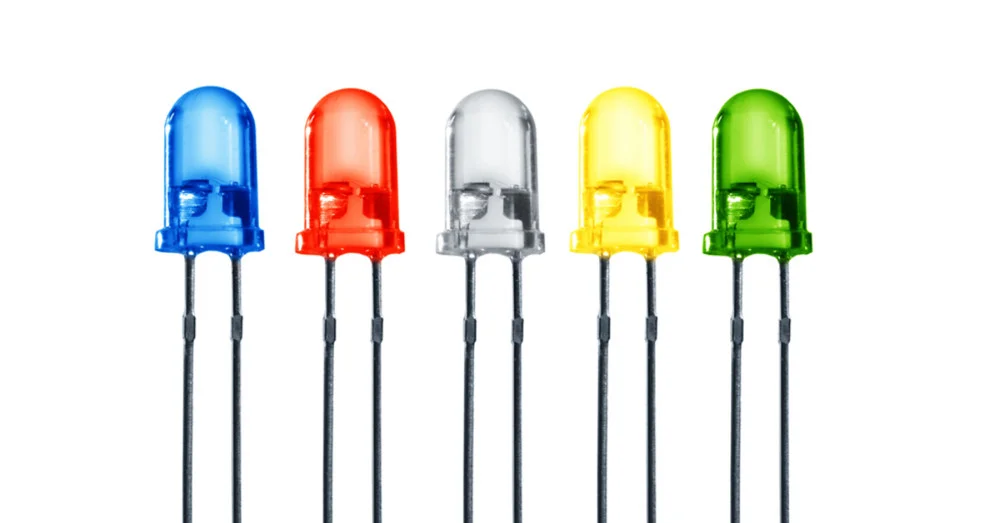
When electrical current flows between the electrodes of this diode, it emits light. Essentially, light is generated when an ample amount of forward current passes through it. In numerous diodes, the produced light is not visible due to frequency levels that are invisible to the human eye.
LEDs come in various colors, including tricolor variants capable of emitting three colors simultaneously. The color of light emitted depends on the semiconductor’s energy gap.
Laser Diode
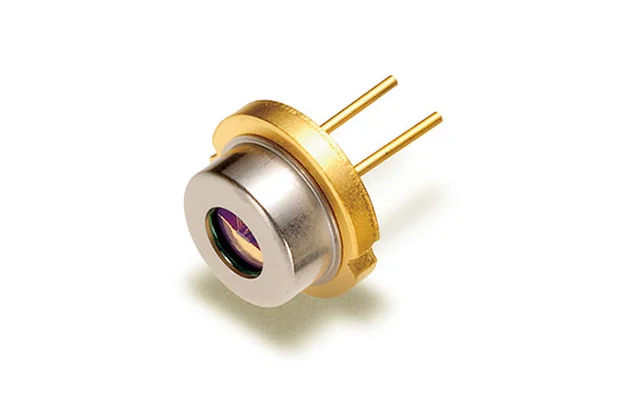
This diode type generates coherent light, distinguishing it from others. It finds extensive application in CD drives, DVDs, and laser devices. Although more expensive than LEDs, it’s cheaper than alternative laser generators. The only downside is its limited lifespan.
Avalanche Diode
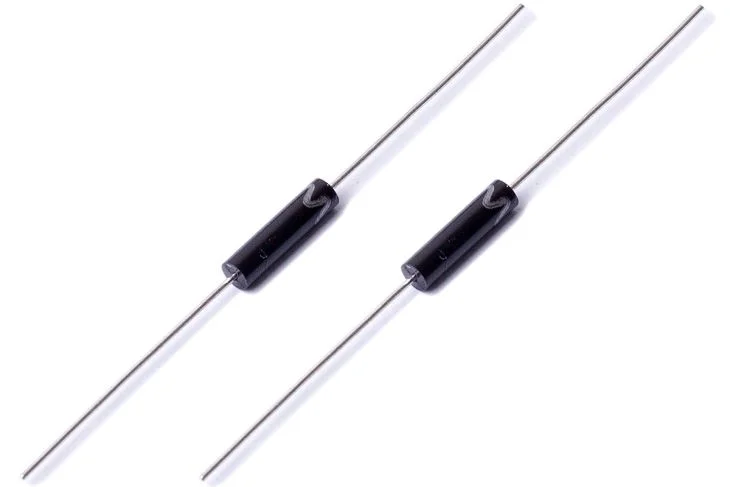
This diode falls under the category of reverse bias diodes and functions based on the avalanche effect. Breakdown occurs when there’s a constant voltage drop independent of current. Due to their high sensitivity, they find application in photodetection.
Zener Diode
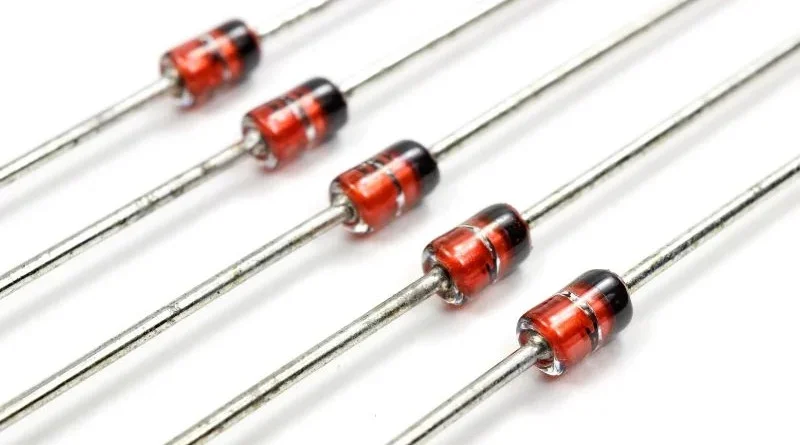
This type of diode is highly valuable for its ability to furnish a consistent reference voltage. Operating in reverse bias, they undergo breakdown once a specific voltage threshold is reached. By limiting the current flowing through the resistor, a steady voltage is produced. Zener diodes are extensively employed in power supplies to establish reference voltages.
Schottky Diode
This type of diode exhibits a lower forward voltage compared to other silicon PN junction diodes. The voltage drop occurs at low current levels, typically ranging between 0.15 and 0.4 volts. Their construction is tailored to achieve this performance. Schottky diodes find widespread application in rectifier circuits.
Photodiode
A photodiode can detect even minute currents generated by light exposure, making it invaluable for light detection purposes. Operating in reverse bias, it’s commonly employed in solar cells and photometers, serving the additional function of electricity generation.
P-N Junction Diode P-N
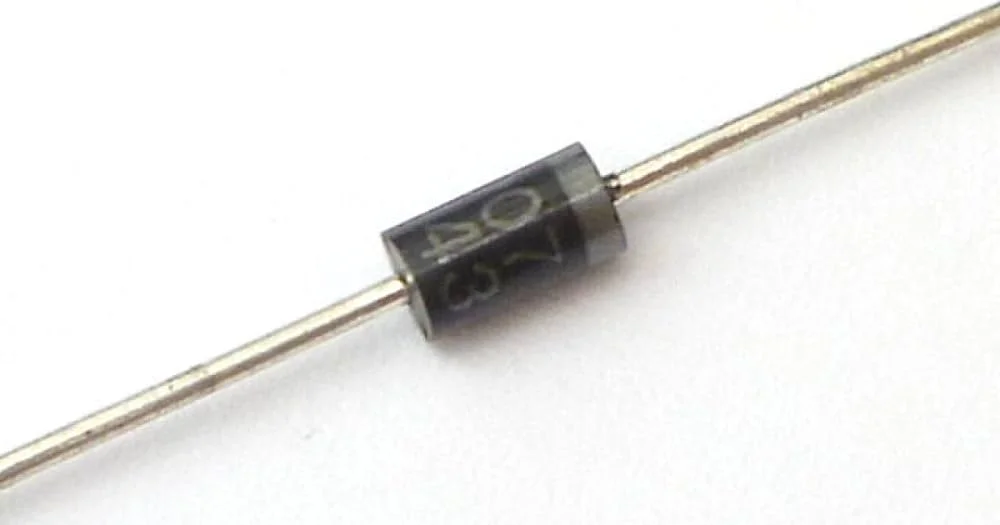
The P-N junction diode, commonly referred to as a rectifier diode, is essential for rectification processes and is composed of semiconductor materials. It comprises two layers of semiconductors—one doped with P-type material and the other with N-type material.
When combined, these layers form a junction called the P-N junction, hence the diode’s name. This diode permits current flow in the forward direction while impeding current flow in the reverse direction.
What Is A Diode Used For?
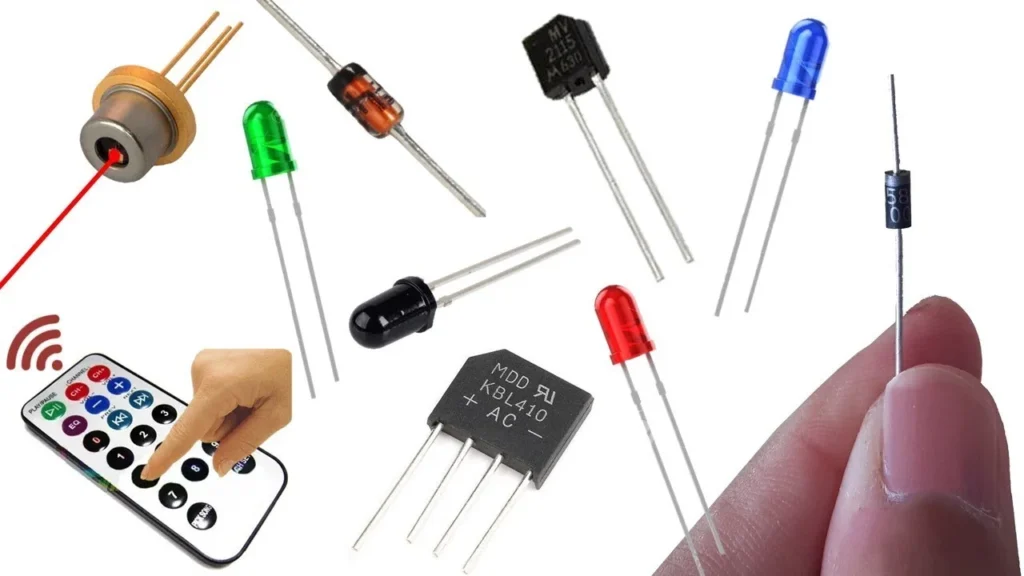
Rectification
Diodes convert alternating current (AC) to direct current (DC). This process is essential for powering electronic devices. Without diodes, devices like chargers and power supplies would not function properly. Rectification enables a steady, usable current, making diodes crucial in energy conversion.
Signal Shaping
Diodes excel in signal shaping. They modify electronic signals to enhance performance. This capability is vital in radio frequency applications and audio devices. By controlling signal paths, diodes improve clarity and reduce noise. Engineers rely on diodes to create precise waveforms, ensuring optimal sound and communication quality.
Switching
In electronic circuits, diodes serve as efficient switches. They enable or disable current flow based on specific conditions. This functionality is essential for managing power and protecting circuits from overloads. Fast switching speeds make diodes ideal for digital applications, allowing for reliable operation in various devices.
Digital Logic
What Is A Diode’s role in digital logic? It forms the foundation of logic gates used in computing. Diodes help build circuits that perform binary operations, crucial for processing data. They contribute to reliable signal transmission, ensuring accurate computations in everything from calculators to complex computers.
Protective Circuits
Diodes act as guardians in electronic circuits. They prevent reverse current flow, which can damage components. This protective feature is vital in power supplies and battery systems. By safeguarding sensitive parts, diodes enhance durability and extend the lifespan of devices, making them indispensable in circuit design.
RF And Microwave
In RF and microwave applications, diodes play a pivotal role. They help in frequency mixing, detection, and modulation. This versatility enhances communication technologies, from smartphones to radar systems. Engineers utilize diodes to ensure efficient signal processing, making them essential in modern wireless technology.
Optics
Diodes also find applications in optics. Light-emitting diodes (LEDs) produce light efficiently and are used in displays and lighting. They contribute to energy-saving solutions and vibrant visuals in various devices. By harnessing semiconductor technology, diodes revolutionize how we experience light in everyday life.
Conclusion
In summary, understanding What Is A Diode reveals its critical role in modern electronics. Diodes perform essential functions like rectification, signal shaping, and switching. They enhance digital logic and protect circuits from damage.
Diodes drive advancements in RF and microwave technologies and revolutionize optics with LEDs. Their versatility and reliability make them indispensable in countless applications. Diodes power our devices and shape our technological future.